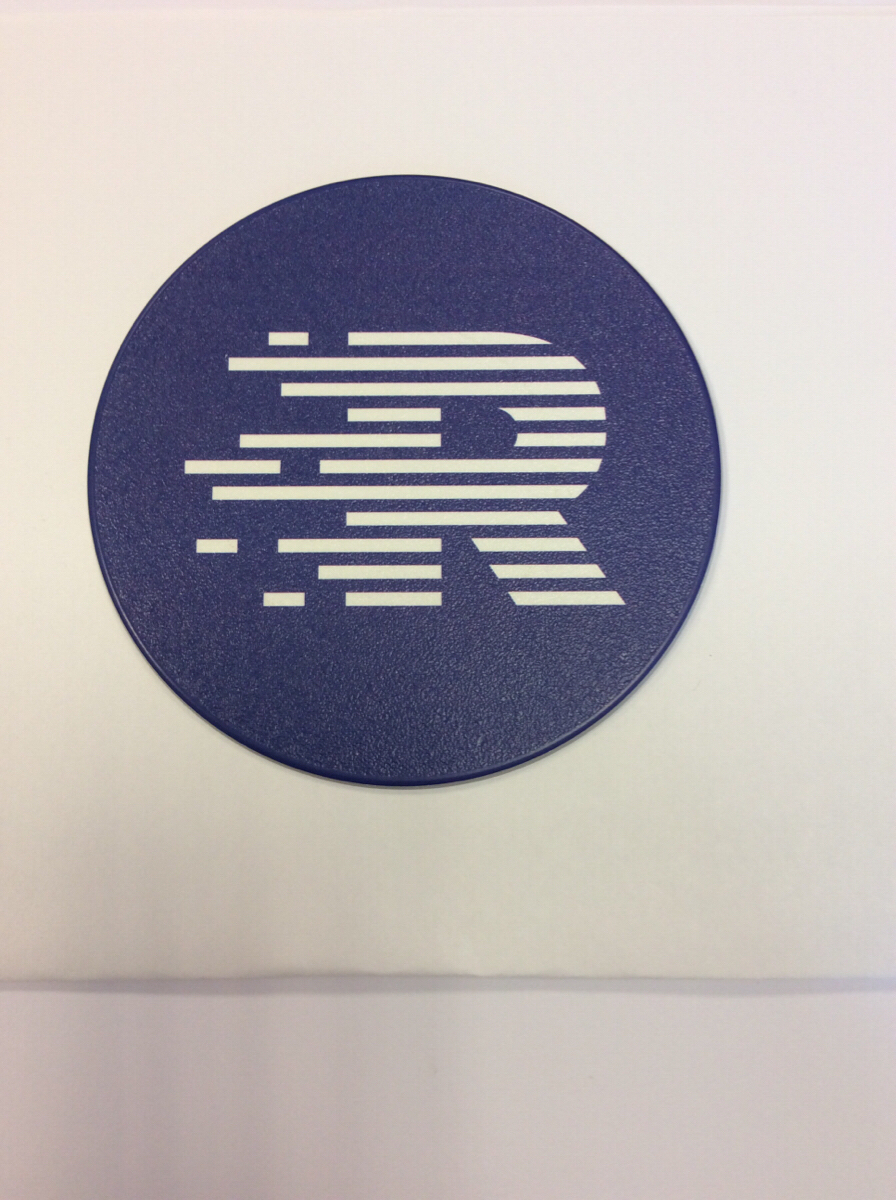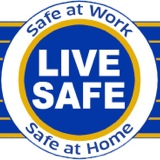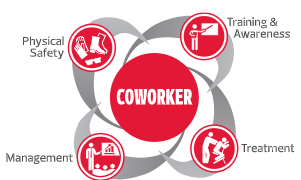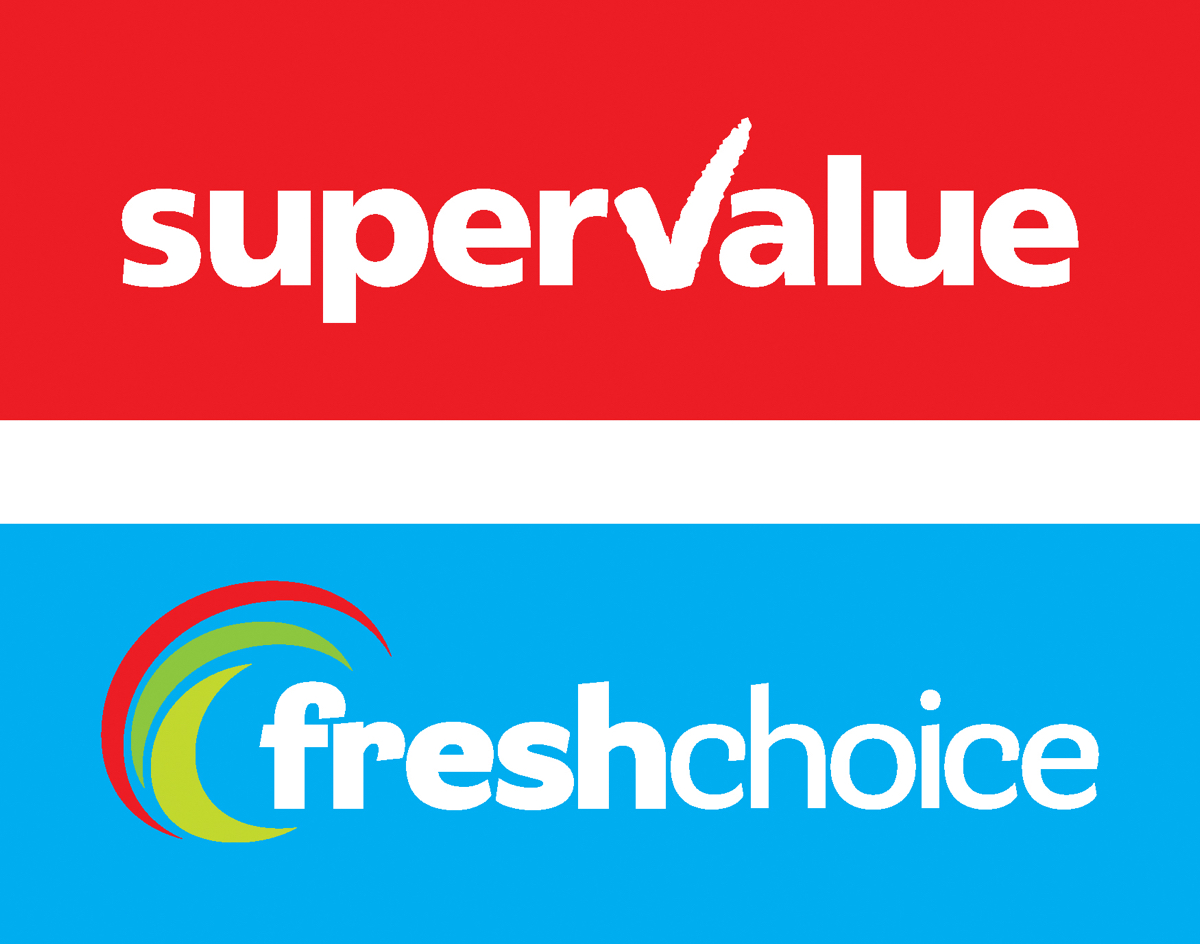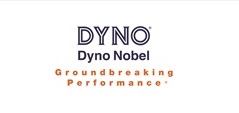Information
-
Safety Audit/Inspection
-
READ Cased Hole Limited
-
Conducted on
-
Prepared by
-
Viking House, 1 Claymore Avenue, Aberdeen Energy Park, Aberdeen AB23 8GW
-
Personnel
1.0 - Previous inspection
-
1.1 - Has the last inspection been reviewed?
-
1.2 - Have all outstanding actions been completed?
2.0 - Offices and Open Plan Areas
-
2.1 - Are all areas in an acceptable condition?
-
2.2 - Is signage in place for exits, fire extinguishers, first aid provision, toilets, etc.?
-
2.3 - Is waste segregated to correct bins?
-
2.4 - Are toilet/washing facilities in an acceptable condition?
-
2.5 - Is all lighting operating correctly?
-
2.6 - Is the level of lighting acceptable for the area?
-
2.7 - Is there sufficient space at each workstation/area?
-
2.8 - Is the level of ventilation acceptable?
-
2.9 - Is the temperature acceptable for each office/area?
-
2.10 - Are the escape routes clear of obstructions?
-
2.11 - Are the fire extinguishers in their intended position and in date with seals intact?
-
2.12 - Are Fire Action/Fire Warden notices clearly displayed and correct?
-
2.13 - Has the fire alarm been regularly tested? (Check log at Reception)
-
2.14 - Are first aid boxes sealed and in date?
-
2.15 - Are the names and locations of First Aiders/boxes clearly identified?
-
2.16 - Have all electrical appliances been PAT tested? (List items checked)
-
2.17 - Are sockets and extensions free from overloading?
3.0 - Kitchen Area
-
3.1 - Is the area generally clean and tidy?
-
3.2 - Are the fridges clean and contents in date?
-
3.3 - Are cupboards and sink clean?
-
3.4 - Are microwave ovens clean inside?
-
3.5 - Is first aid box sealed and in date?
-
3.6 - Is mandatory HSE poster in place and clearly marked with contact details?
-
3.7 - Are names and locations of First Aiders/boxes clearly identified?
-
3.8 - Have all electrical appliances been PAT tested and in date? (List items checked)
-
3.9 - Are cables correctly routed to prevent trip hazards?
-
3.10 - Are sockets and extension sockets free from overloading?
-
3.11 - Is fire extinguisher and fire blanket in their intended position and in date with seals intact?
-
3.12 - Are fire action/fire warden notices clearly displayed and correct?
-
3.13 - Are escape routes free from obstruction?
4.0 - External Areas
-
4.1 - Are vehicles reverse parked?
-
4.2 - Are paths clear of obstructions I.e. Stones, leaves, shrubbery cut back?
-
4.3 - Is yard area clear and tidy?
-
4.4 - Are well covers in place and locked?
-
4.5 - Is fencing intact, i.e. No gaps or holes in fence?
5.0 - Warehouse and Workshop Areas
-
5.1 - Are all areas in an acceptable condition?
-
5.2 - Is correct signage in place?
-
5.3 - Is waste segregated into correct bins? (Paper, plastics, oily rags, batteries, etc.)
-
5.4 - Is all lighting operating correctly?
-
5.5 - Is the level of lighting acceptable for the area?
-
5.6 - Is there sufficient space at each workstation/area?
-
5.7 - Is the level of ventilation acceptable?
-
5.8 - Is the temperature acceptable for the area?
-
5.9 - Are escape routes free of obstructions?
-
5.10 - Are fire extinguishers in their intended position and in date with seals intact?
-
5.11 - Are Fire Action/Fire Warden notices clearly displayed and correct?
-
5.12 - If appropriate, are permit to work systems in place and displayed?
-
5.13 - Are persons complying with PPE requirements? (Safety footwear, eyewear plus lab coats/hi-via loathing/coveralls)
-
5.14 - Are safe systems of work being used? (Barriers, if required, good manual handling techniques, etc.)
-
5.15 - Are safety helmets in date? (Check inside peak of helmet for date markings - normally 3 years use)
-
5.16 - Are first aid boxes sealed and in date?
-
5.17 - Are names and locations of First Aiders/boxes clearly identified?
-
5.18 - Are eyewash station bottles still in date?
-
5.19 - Is mezzanine deck area clean and tidy?
-
5.20 - Is changing/locker area maintained in a clean and tidy condition?
-
5.21 - Have all electrical appliances been PAT tested and in date? (List items checked)
-
5.22 - Are cables and hoses correctly routed to prevent trip hazards?
-
5.23 - Are sockets and extension sockets free from overloading?
-
5.24 - Are all fixed guards on machinery in position and free from damage?
-
5.25 - Are all moving parts of machinery adequately guarded?
-
5.26 - Are isolation for machinery or emergency stop buttons easily identifiable?
-
5.27 - Is there adequate storage facilities?
-
5.28 - Is racking and other storage free from damage?
-
5.29 - Are all items stored in a suitable manner on racking?
-
5.30 - Are COSHH/flammable substances suitably stored?
-
5.31 - Are all COSHH items accounted for on the COSHH Register? (Register and MSDS folders are stored on top of COSHH cupboard.
-
5.32 - Is there adequate lifting equipment for handling materials?
-
5.33 - Is relevant colour code displayed on appropriate equipment? (Check Quarantine rack, yellow area and green area for tags etc.)
-
5.34 - Is forklift in good condition, windows clear and seatbelt fully functioning?
-
5.35 - Have weekly checks been carried out and signed off? (Folder is in Logistics office.)
Additional comments including details of any completed remedial actions:
Sign Off
-
Manager's signature
-
QHSE Manager's signature
-
Notes
Note 1: The original printed copy of all reports raised are to be issued to the QHSE Manager or nominee at the earliest opportunity.
Note 2: The QHSE Manager or nominee will retain ownership of the report until all outstanding issues have been resolved. Where appropriate, actions are to be added to the Master Action List (MAL).
Note 3: When closed, the report, complete with any supporting documentation, is to be retained for a minimum period of current year plus 1 year.
